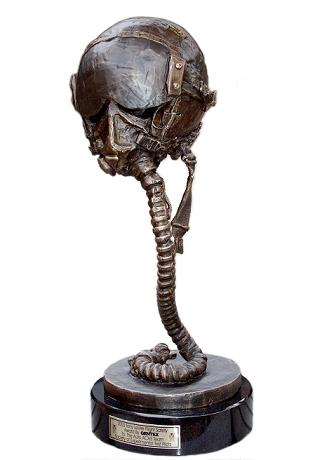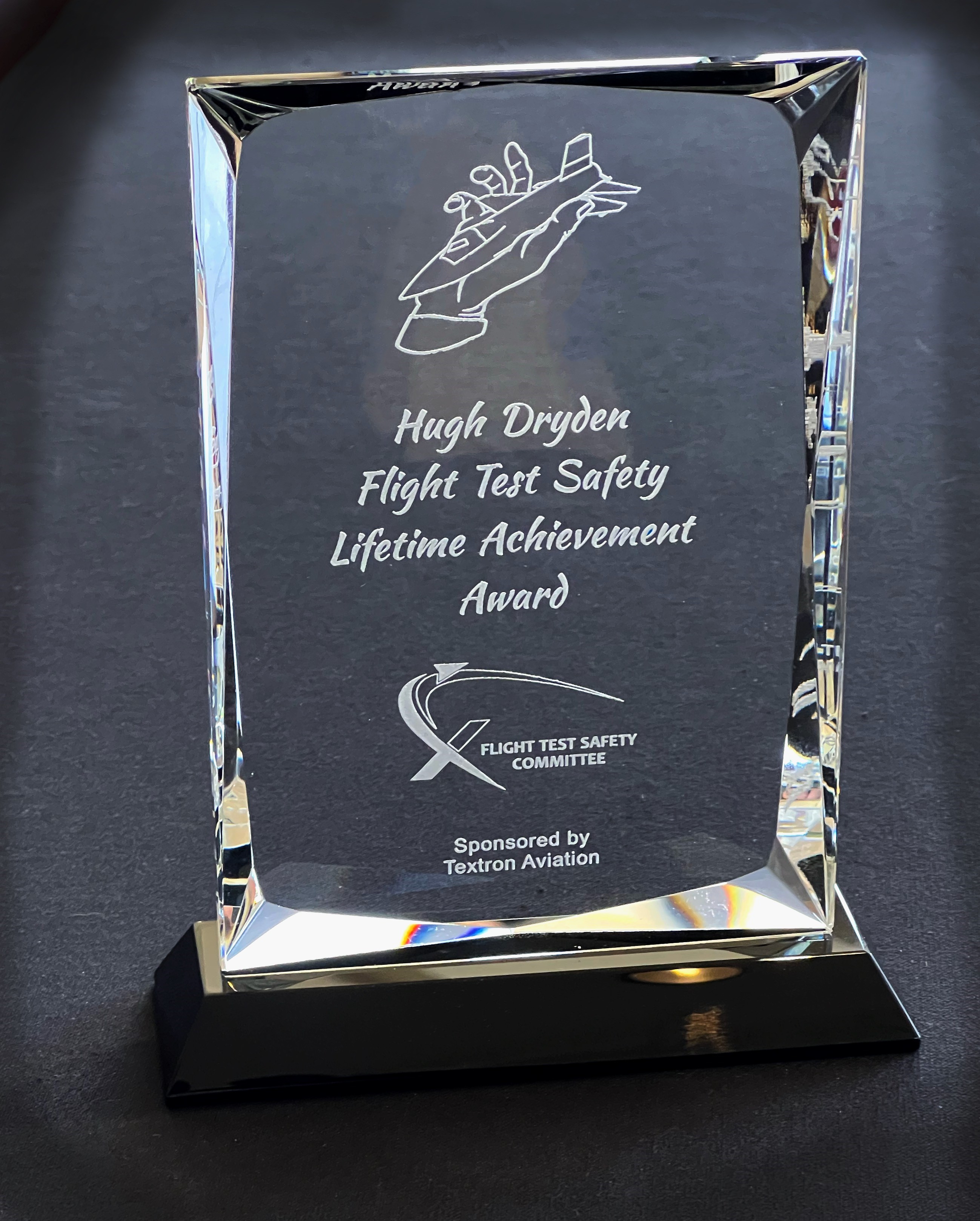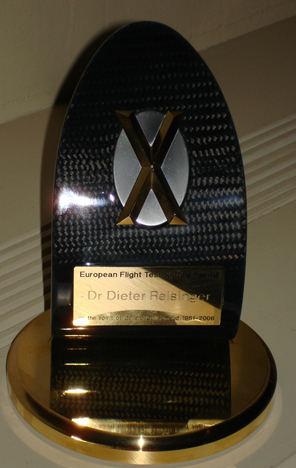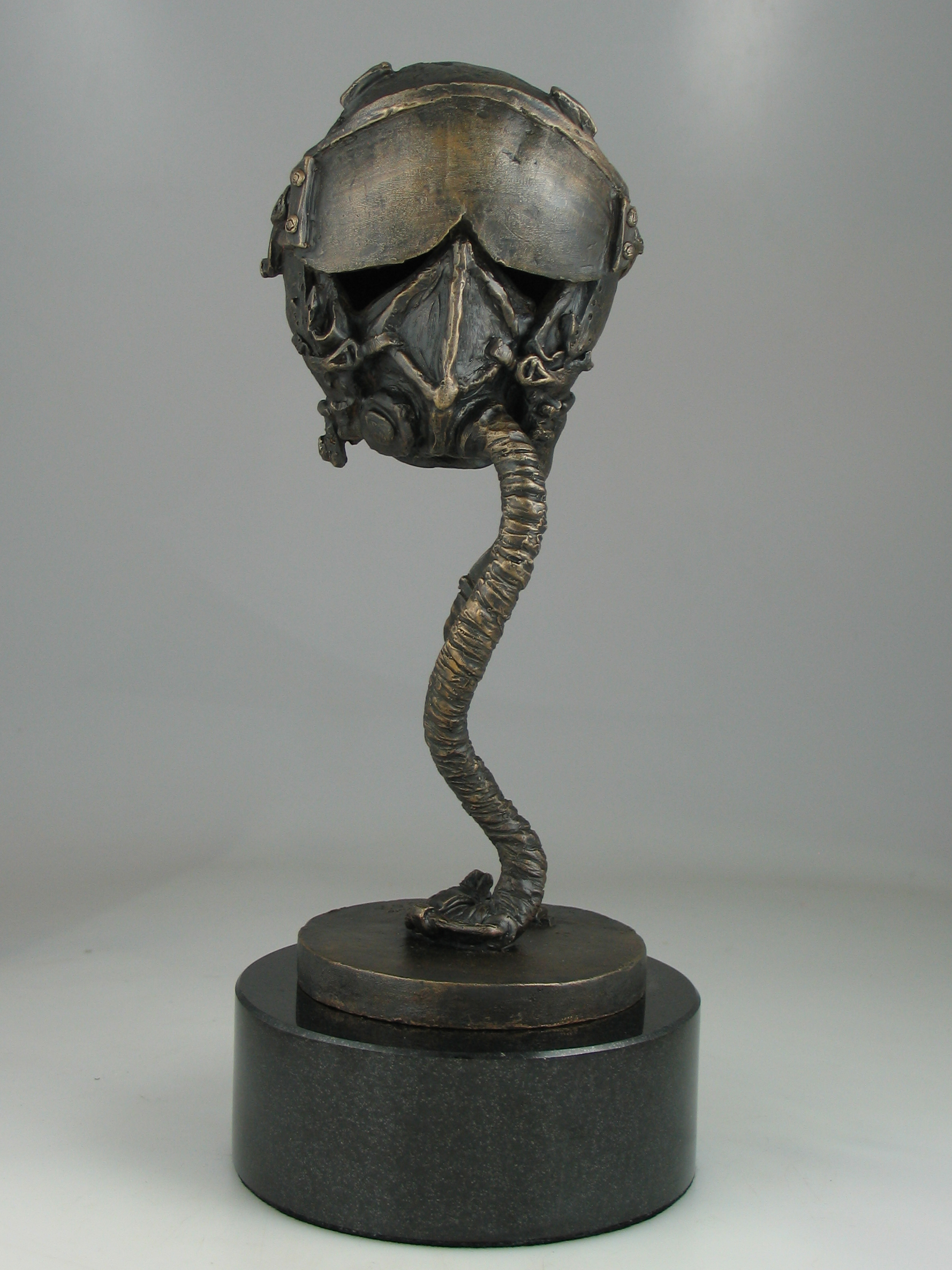General
The Tony LeVier Flight Test Safety Award was established by the Flight Test Safety Committee (FTSC) to formally recognize a single individual, or small group of individuals, who, recently, has made a significant flight test safety contribution to the flight test community as a whole, an organization, a specific program or even a singular event. This award is specific to flight test safety achievements and contributions. This award is not meant for entire organizations or to recognize lifetime achievements more appropriately recognized by the Flight Test Safety Lifetime Achievement Award or other organizational awards from SETP, SFTE, AIAA and EAA. The factual basis and appropriate time period validation of received nominations will be confirmed. Nominations for the Tony LeVier Flight Test Safety Award are reviewed by the Flight Test Safety Committee and the most deserving nominee from the past year is selected. The decision of the Board of Directors is final. The distinctive flight helmet trophy (pictured above) is officially presented by the corporate sponsor of the award (The Gentex Corporation) at the North American Flight Test Safety Workshop in the spring of each year.
Selection Criteria
-
A qualified nomination will normally contain details of a notable contribution to a program, an organization or even the entire flight test community. However, it may also be a singular, exemplary, flight test safety achievement involving the saving of human life, flight test program, or test aircraft/asset. In this case, the nomination must document that preceding and during this type of event, the nominee(s) complied with the [applicable] customary flight test safety guidance and the generally agreed-upon industry best practices of test preparation and conduct. The nomination should also document how lessons learned from the event were shared within their organization and/or the broader flight test community. It must be emphasized that this is not meant to be a “lifetime achievement” award, but focused on a recent, singular event or project. Some examples could be:
a. Development of a significant flight test safety related technology
b. Development of a new risk management process
c. A new flight test technique/methodology that improves flight test safety
- The award is preferably focused on an individual, however, it can be presented to a small group of individuals.
- The contribution should have occurred/complete within the last 3-5 years. The committee has discretion to accept older accomplishments due to extraordinary circumstances (e.g., declassification, public release, etc.).
Nomination Guidelines
1. Nominations are solicited and accepted by the Flight Test Safety Committee at any time during the year.
2. Nominations may be submitted by any individual having sufficient knowledge of the nominee to make the recommendation.
Self-nominations are not acceptable.
3. The Nomination form must be presented in writing not later than 28 February 2025 for consideration within that calendar year. If not selected,
re-submission of award nominations in the next year is appropriate and encouraged.
4.The nomination must contain a compelling leading summary citation, suitable for publishing, highlighting the candidate's overall achievement. The
body must contain compelling descriptions and/or pertinent information concerning the candidate's overall contribution to flight test safety, or why
an individual event was noteworthy enough to warrant this recognition.
5. Nominations may be submitted by email to This email address is being protected from spambots. You need JavaScript enabled to view it..



